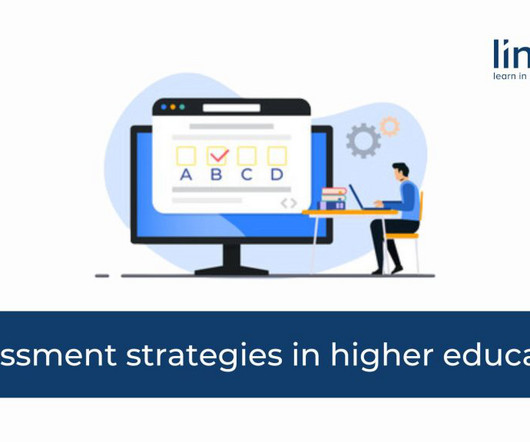Can We Design Online Learning Platforms That Feel More Intimate Than Massive?
Edsurge
JULY 9, 2018
Teachers spend hours designing and setting up their classrooms. One of EdSurge’s most popular articles described how a teacher used flexible seating to create a classroom that resembled Starbucks, spawning a movement to “ Starbucks your classroom. ” I think we’ve seen this reemergence—unintentionally—in the form of MOOCs.























Let's personalize your content